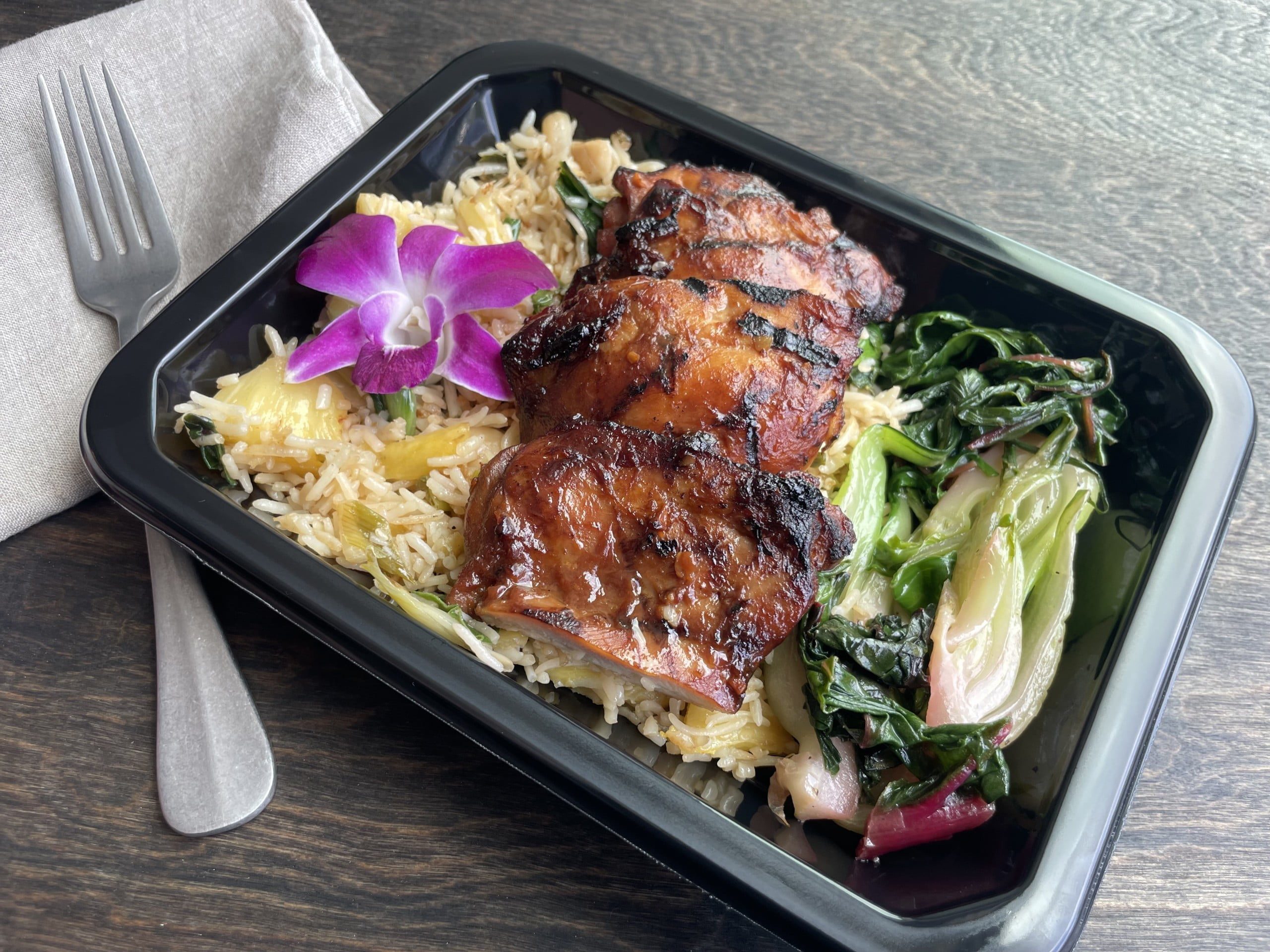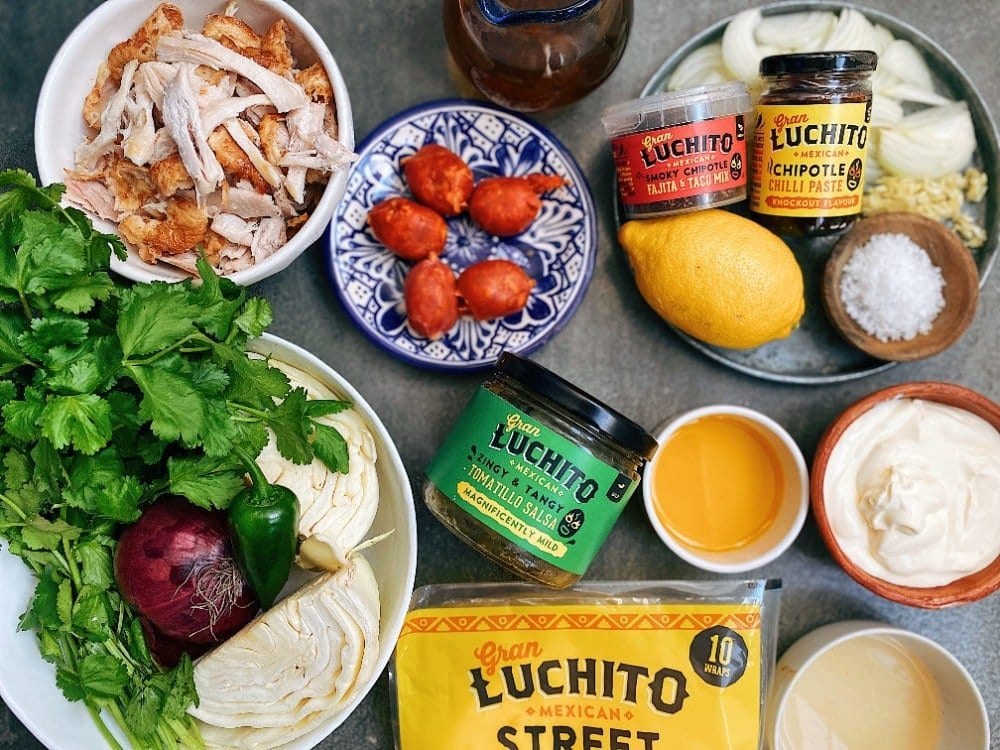What qualifies as a superfood?
First of all, “superfood” is a marketing term. Basically, any food with multiple health benefits in relation to nutrient density could be considered a superfood. It is not a scientific term, so what qualifies as a superfood is up to the proponent to prove their claim.
We should also note that eating “superfoods” will not make you invulnerable to disease or whatever superpowers the marketing seems to claim. Everybody is different, and even some superfoods may not mesh with an individual’s specific diet. For example, keto, paleo, and wheat-free diets preach low consumption of carbs, so even some of the healthiest fruits may have too much sugar to fit in with those diets perfectly.
Ok, so now that we are all on the same skeptical page, let’s look at some foods commonly-label as superfoods.
A commonly agreed upon list of Plant superfoods:
These foods have been vetted with nutrition facts provided by nutritiondata.self.com. If you need to fact-check nutritional claims, this is a great resource.
- Sweet potatoes – Ultra-high in vitamin A (769% DV/cup), high in vitamin C and B vitamins, high in calcium and potassium, and high in our hearts. Magnesium helps qualm your hunger and promotes a healthy metabolism. Super high in manganese (twice as much as blueberries per cup) which is imperative to brain function. They are also high in fiber, and a super healthy source of carbs. We can in all confidence call sweet potatoes a superfood.
- Quinoa – All 9 essential amino acids (protein) in one grain. High in fiber, B vitamins, and iron, and potassium – a great meat-replacement for vegetarians that contains the nutrients you may be lacking from a meatless diet. Quinoa, actually a seed, is a definite superfood.
- Beans and Legumes – Black beans, pinto beans, red beans, and lentils are great sources of fiber, folate, Vitamin B6, proven to lower cholesterol, and when combined with brown rice, provide an awesome combo of amino acids (commonly referred to as protein in your diet). They blow the “lack of protein in plant-based diets” myth out of the water. Beans are high in thiamin (vitamin B1) which is used to convert carbs into energy. Beans contain a superfood-worthy amount of minerals including iron, magnesium, phosphorus, potassium, sodium, zinc, copper, manganese.
- Leafy greens like kale, bok choy, collard greens, and spinach – very high in vitamins A and C, vitamin B6, fiber and a good source of potassium, calcium, manganese, copper, fiber, and phytochemicals. Popeye was right, spinach is super.
- Cruciferous veggies like broccoli, broccoli sprouts, cauliflower, asparagus, radishes, Brussels sprouts, mustard greens, and collard greens – awesome sources of vitamins K and C, fiber, vitamin A, vitamin B6, and folate. Also good sources of protein, vitamin E, thiamin, riboflavin, Pantothenic acid, calcium, iron, magnesium, phosphorus, and selenium. What does it all mean? Vitamin K helps clot your blood; folate is used to create genetic materials; vitamin B6 is used to produce hemoglobin, which carries oxygen through the blood, and brain function.
- Avocados – a great source of dietary fiber, vitamins C, E, and K, and B vitamins. Healthy monosaturated fat to the rescue! Avocados contain a decent amount of protein as well.
- Berries such as blackberries, blueberries, raspberries, and strawberries – ultra-high in vitamin C, fiber, and manganese, which helps in the formation of tissue, bones, and more important body functions such as regulating sex hormones, metabolism, and blood sugar regulation. Blueberries and blackberries rank the highest among these berries in vitamin K. Mark these under “good carbs”.
- Other fruits like tomatoes (vitamins A, C, and K, decent potassium, and free-radical-fighting lycopene), oranges and grapefruit (vitamin C, thiamin [vitamin B1], free-radical-fighters, inflammation-fighters, and insulin boosters). Kiwis contain crazy-high levels of vitamin C and vitamin K. Bell peppers contain high-density of vitamin C (especially yellow and red peppers), vitamin A (especially red), and are a good source of vitamin B6, vitamin K, and vitamin E.
- Carrots contain 428% of the DV of vitamin A, needed to strengthen eyesight and for normal organ function. They also have a decent amount of electrolyte potassium, niacin (vitamin B3) and vitamin C. Carrots are a great source of fiber and clean your teeth and gums as you chew. If you’re lacking a toothbrush, but have an abundance of carrots you could do a lot worse than chomping down on some crunchy, tasty carrots. Yellow Squash gets an honorable mention here for being a great source of vitamins A, C and E as well.
- Nuts like almonds, walnuts, cashews, pecans, hazelnuts – full of plant protein, fiber healthy monounsaturated fats, which have been linked to reduced risk of cardiovascular disease. Super sources for protein, vitamin E, and B vitamins, and healthy fat. Nuts carry a wide variety of helpful minerals, percentages vary depending on the nut. They are dense with calories as well, but you could do much worse than overconsuming a few almonds.
- Brown rice – a Healthy source of fiber, amino acids, and fights free-radicals… just to name a few reasons to order the brown rice next time you have the choice. Your body takes longer to break down brown rice, great for metabolism and blood-glucose levels. Great source of phosphorus, manganese, magnesium, and B vitamins.
- Chickpeas – Minerals galore! Per cup, these minerals are all over 20% of your RDA: Iron, Magnesium, Manganese (over 80% of your RDA), Copper, and Phosphorus. Also very high in B vitamin Folate, which is needed to make DNA and in cell division.
Are there any animal-product superfoods?
So based on the above list, it looks like all superfoods are plants and the carnivores are out of luck. However, animals provide important nutrients like B vitamins, antioxidants, and Choline for brain function through meat, eggs, and honey. For the meat-inclined, here is a list of animal-based superfoods:
- Honey – Raw, locally-sourced honey, with pollen still in it. Most honey you find in the grocery store is filtered, with the pollen taken out. This is unfortunate because the pollen contains many of the important health benefits of honey. Honey contains antiseptic, antibacterial materials, and boosts the immune system’s antibodies. It is a great substitute for refined sugar that lacks any nutritional value past the short energy boost of carbs. It’s important to note that pasteurized honey lacks the nutritional benefits that unpasteurized honey provides.
- Grass-fed Beef – Antioxidants in grass-fed beef actually reduce the risk of heart disease. Vitamin K2 also reduces the risk of heart disease. It contains about a 1:5 Omega 6 to Omega 3 ratio, which makes it a healthy source of good fat in addition to iron, B vitamins, and of course protein.
- Bone Broth – The keto/paleo lover’s answer to everything (teasing of course). Bone broth from grass-fed beef or equally qualified chicken is full of minerals and vitamins that are good for gut health. Calcium (ah that makes sense), magnesium, gelatin, collagen, and amino acids contribute to its superfood rating.
- Eggs – High in B vitamins and good cholesterol, don’t let dated reports on eggs scare you away from their nutrients including all 9 essential amino acids, and Choline, important to brain function and for pregnant women. Locally-sourced eggs are often the best option here as well.
- Fish – Farm-raised fish excluded, wild-caught fish is close to the desired Omega 6 to Omega 3 ratio, thought to lower risk of heart disease. Wild-caught varieties of fish including salmon and sardines are dense with healthy fats, protein, iron, potassium, phosphorus, copper, and our brain’s friend Choline. Fish is a great source of selenium, used for healthy thyroid and immune system functions.
- Greek Yogurt -I know, I know, Greek yogurt is not the first animal-product that comes to mind, but it is super! It contains probiotics, healthy bacteria that keep your gut biome healthy, and its high in calcium. Greek yogurt is also a good source of protein, especially when combined with nuts. When purchasing yogurt, make sure it has probiotics or “active bacteria” to get the good stuff.
 How does Healthy Gourmet use superfoods in the menu?
How does Healthy Gourmet use superfoods in the menu?
Healthy Gourmet is all about convenient, delicious, nutrition-packed meals, that you can enjoy guilt-free. Every Healthy Gourmet recipe goes through a “how do we make this healthier” process where we often substitute traditional ingredients with all-natural, nutritious alternatives. Here is how we use superfoods in our prepared meals on the Healthy Gourmet menu.
- Healthy Gourmet uses raw honey to sweeten meals and sauces instead of processed sugars. As mentioned above, honey maintains it’s superfood status when it is unpasteurized and raw… and Healthy Gourmet does it right. Taste the difference in our signature meals like the Honey Sesame Chicken and BBQ Pulled Pork Plate.
- Sweet Potatoes – Find these beauties in our Sweet Potato Lasagna, sweet potato fries with the BBQ Pulled Pork Plate.
- Beans – Black beans in our Chili Lime Bean Bowl, Beef Fajita Bowl, and Salsa Verde Pork Carnitas, red beans in our Fit Jambalaya Bowl, Green beans with our Mighty Meatloaf, Creole Pork Tenderloin, Hearty Beef Stew, and Honey Sesame Chicken, and Pinto beans in our Texas Chili.
- Quinoa – Used in our Coconut Quinoa Porridge and the Chili Lime Bean Bowl, and is available as a side with our carb-option meals.
- Nuts – Almonds in Healthy Gourmet’s Chicken Salad Snack, Jerky Snack Pack; Pistachios in our Coconut Quinoa Porridge and Chicken Salad Snack.
- Chickpeas – Healthy Gourmet uses chickpea noodles for our Butternut & Sage Penne, Chicken Primavera, Farmhouse Pasta Marinara, and chickpeas in the Moroccan Lentil Stew and Saffron Chicken Guisado.
- Cruciferous veggies – Broccoli with our Volcano Chicken, Yellow Curry Chicken, Almond Crusted Nuggets, and Turkey Mac N’ Cheese. Cauliflower in our Chicken Korma, South African Beef Curry, Moroccan Lentil Stew. And cauliflower rice is always a good choice with Healthy Gourmet’s carb-option meals.
- Leafy veggies – Find baby spinach in Healthy Gourmet’s Indian Reflections, South African Beef Curry, Farmhouse Pasta Marinara, Paleo Burger Bowl, Ham and Spinach Omelette, and Creamy Italian Florentine. Have kale (done right) in our BBQ Pulled Pork Plate.
- Tomatoes – Healthy Gourmet uses tomatoes in our Caprese Steak, Chicken Primavera, Greek Turkey Fit Bowl, Moroccan Lentil Stew, Paleo Burger Bowl, Saffron Chicken Guisado, Omelette A La Mexicana, and Salsa Verde Pork Carnitas. Healthy Gourmet’s housemade tomato sauce is featured meals like South African Beef Curry, Creole Pork Tenderloin, and Lean Beef Marinara. HG Barbacoa Breakfast Hash features housemade tomato salsa.
- Peppers – Healthy Gourmet uses peppers in Omelette A La Mexicana, Chicken Thai Island, Creole Pork Tenderloin, Honey Sesame Chicken, Lean Beef Marinara, Texas Chili, Beef Fajita Bowl, and the Texas Chili Breakfast Bowl. Besides being a super source of vitamins, they add so much flavor.
- Eggs – Healthy Gourmet uses eggs in our Sunshine Scrambler, Texas Chili Breakfast Bowl, Omelette A La Mexicana, and Ham and Spinach Omelette.
- Greek Yogurt – Used in our Chicken Salad Snack, Indian Reflections, and the greek yogurt ranch dipping sauce for our Almond Crusted Nuggets.
- Brown Rice – Fit Jambalaya Bowl, Greek Turkey Fit Bowl, and is available as a side with our carb-option meals.
- Healthy Gourmet uses lean ground beef, lean turkey, top-shelf pork, and quality chicken breast in all of our respective meals.
The definition of a superfood is pretty loose. A superfood is rich in nutrient density and covers several nutrient bases at once. In many cases, superfoods help you reach nutrition goals with fewer calories due to their nutrient density. No, eating superfoods will not make you invulnerable, but incorporating them into your diet will help get your body the nutrients it needs.
As always, it is best to eat a varied diet with nutrient-rich foods. If we come across a superfood that takes care of all of the body’s nutritional needs in one, we will let you know. Until then, check out Healthy Gourmet’s menu!

 How does Healthy Gourmet use superfoods in the menu?
How does Healthy Gourmet use superfoods in the menu?

